If you’re leading a school or district team, you’ve probably felt it even when no one says it out loud: a dreaded drop in morale. Energy levels plummet. Creative ideas become scarce. Staff go through the motions. This isn’t just burnout—it’s something deeper. Low morale is quietly draining the life from your team’s work, and it’s costing more than you realize.
The good news? You don’t need massive reforms or expensive incentive programs to turn things around. Research by Harvard Business School professors Teresa Amabile and Steven Kramer reveals a surprisingly simple solution: consistent forward motion through what they call “small wins,” or “the Progress Principle.”
The Hidden Cost of Low Morale

Poor morale doesn’t just affect individual staff members—it creates a ripple effect throughout your entire system. When inner work life suffers, you’ll see:
- Decreased quality of support and instruction
- Slower adoption of new initiatives
- Fragmented communication across departments
- Higher turnover rates and “quiet quitting”
- Reduced collaboration and problem-solving
These outcomes directly impact student achievement and organizational effectiveness. The emotional experience of work isn’t a soft issue—it’s a strategic one that affects your bottom line.
What Is the Progress Principle?
The Progress Principle is both simple and powerful: People feel and perform their best when they experience consistent progress on meaningful tasks. It’s not about grand achievements or bonuses—it’s about the daily feeling that “I moved the needle today.”
Amabile and Kramer, analyzed over 12,000 daily work diary entries from employees across industries. Their surprising finding? The single biggest driver of positive emotions, motivation, and engagement wasn’t recognition, money, or teamwork. It was making progress on work that mattered with consistent, small wins.

Their research identifies two essential forces that enable progress: catalysts—events that directly support project work, such as clear goals and autonomy—and nourishers—interpersonal events that uplift workers, including encouragement and demonstrations of respect and collegiality. The book also shows how to remove common obstacles to progress, including meaningless tasks and toxic relationships.
Understanding Inner Work Life
“Inner work life” describes the mix of emotions, perceptions, and motivations a person experiences throughout their workday. When inner work life is healthy, people become more creative, committed, and collaborative. When it’s poor, even high-performers disengage.
For educational teams, this means how people feel about their work matters just as much as what they accomplish.
Signs Your Team’s Inner Work Life Is Struggling
Watch for these warning signs:
- Staff appear withdrawn or indifferent in meetings
- Creative input becomes minimal or superficial
- Tasks get completed without energy or pride
- Complaints or passive resistance increase
- People focus on checking boxes rather than solving real problems
These symptoms often reveal deeper issues: confusion about priorities, lack of feedback, or feeling like their work doesn’t matter.
Why Small Wins Create Big Results
In fast-paced environments, leaders naturally focus on long-term goals: test scores, graduation rates, curriculum rollouts. But the Progress Principle shows that people stay most engaged when they see daily progress, no matter how small.
Example of a small win: A curriculum specialist notices that a resource they shared helped a teacher try a new strategy successfully. This recognition boosts motivation and reinforces meaningful work.
Contrast with motivation drains: A month of back-to-back meetings with no clear feedback, constantly shifting priorities, and no signs of stability quietly erodes motivation.
Leadership Actions That Undermine Inner Work Life
Even well-meaning leaders can unknowingly damage morale by:
- Constantly shifting priorities without clear communication
- Failing to recognize everyday efforts
- Micromanaging instead of empowering
- Focusing only on outcomes, not process
- Assigning everything as high priority with little support or unrealistic timelines
Assess Your Team’s Inner Work Life
Before making changes, evaluate your current team climate with these diagnostic questions:
- Do staff regularly share wins—big or small—without prompting?
- When did someone last express genuine pride in their work?
- Are staff solving real problems or just checking boxes?
- Do meetings energize people or drain them?
- How often do you celebrate incremental progress that staff feel ownership over?
If you answered “no” or hesitated on most questions, your team likely shows signs of poor inner work life. These gaps often stem from lack of feedback, unclear priorities, and/or constant changes without recognition of completed work.
Put the Progress Principle Into Practice
The most powerful strategies are small, sustainable, and don’t require major system overhauls.
Daily Habits That Build Momentum
- Start meetings with progress check-ins. Ask, “What’s one thing that moved forward this week?” This simple question shifts focus toward accomplishments rather than just tasks ahead.
- End your day with recognition. Send a brief email or give a quick shoutout: “I noticed this and appreciate it.” Remember that some staff prefer private recognition over public praise.
- Ask team members how they define progress. Their definitions might surprise you and guide your support more effectively.
Create Structures That Support Forward Motion

- Break large initiatives into meaningful milestones. Allow staff to help identify these milestones to build buy-in and ownership.
- Embed progress conversations into regular check-ins. These discussions become powerful when built on trust—otherwise, staff may just say what they think you want to hear.
- Use visual tools that show progress. Shared planning documents or project boards help teams see their forward motion.
Boost Inner Work Life Through Smart Leadership
- Provide timely, specific feedback. Before giving feedback, ask staff what they would tell themselves if they were in your position—then listen carefully to their response.
- Grant autonomy within clear boundaries. Empowering staff to make decisions fuels motivation and ownership.
- Recognize effort both publicly and privately. This validates work and helps others understand what success looks like.
Example in action: A director of instructional technology started sending weekly “Friday Highlights” emails showcasing small staff wins across the district. Morale rose, and cross-team collaboration improved significantly.
The Strategic Payoff: Reversing Low Morale
The most successful educational cultures aren’t built on pressure—they’re built on progress. When staff see that their efforts lead to visible, meaningful results, everything changes. Morale lifts, ownership increases, and innovation becomes natural rather than forced.
This approach creates sustainable change because it works with human psychology rather than against it. Staff who feel their work matters stay engaged longer, contribute more creatively, and help build the positive culture that attracts and retains top talent. Reversing low morale isn’t just a one time thing. It takes a strategic culture shift and sound leadership.
Your Next Steps

You have the power to shape the daily emotional experience of work for your staff. You don’t need a new program to start—you just need to begin noticing, affirming, and supporting progress. Start by choosing one small action from this list today. Then share it with a colleague. Let’s start turning momentum into culture, one win at a time.
- Assess honestly. Use the diagnostic questions above, then talk with a trusted team member who is not afraid to be brutally honest with you about what they observe.
- Ask your staff directly. Use an anonymous survey or open discussion to discover what small wins matter most to them.
- Read The Progress Principle book. Study it yourself or start a leadership book discussion to deepen your team’s understanding. Check out our free study guide for you to reference and use to make the most of the book.
Every conversation, decision, and interaction either reinforces or erodes your culture. When you consistently choose to notice and celebrate progress, you build the foundation for sustained success—for both your staff and the students they serve.
How do you reverse low morale and similar issues in your campus or district? Let us know in the comments below!


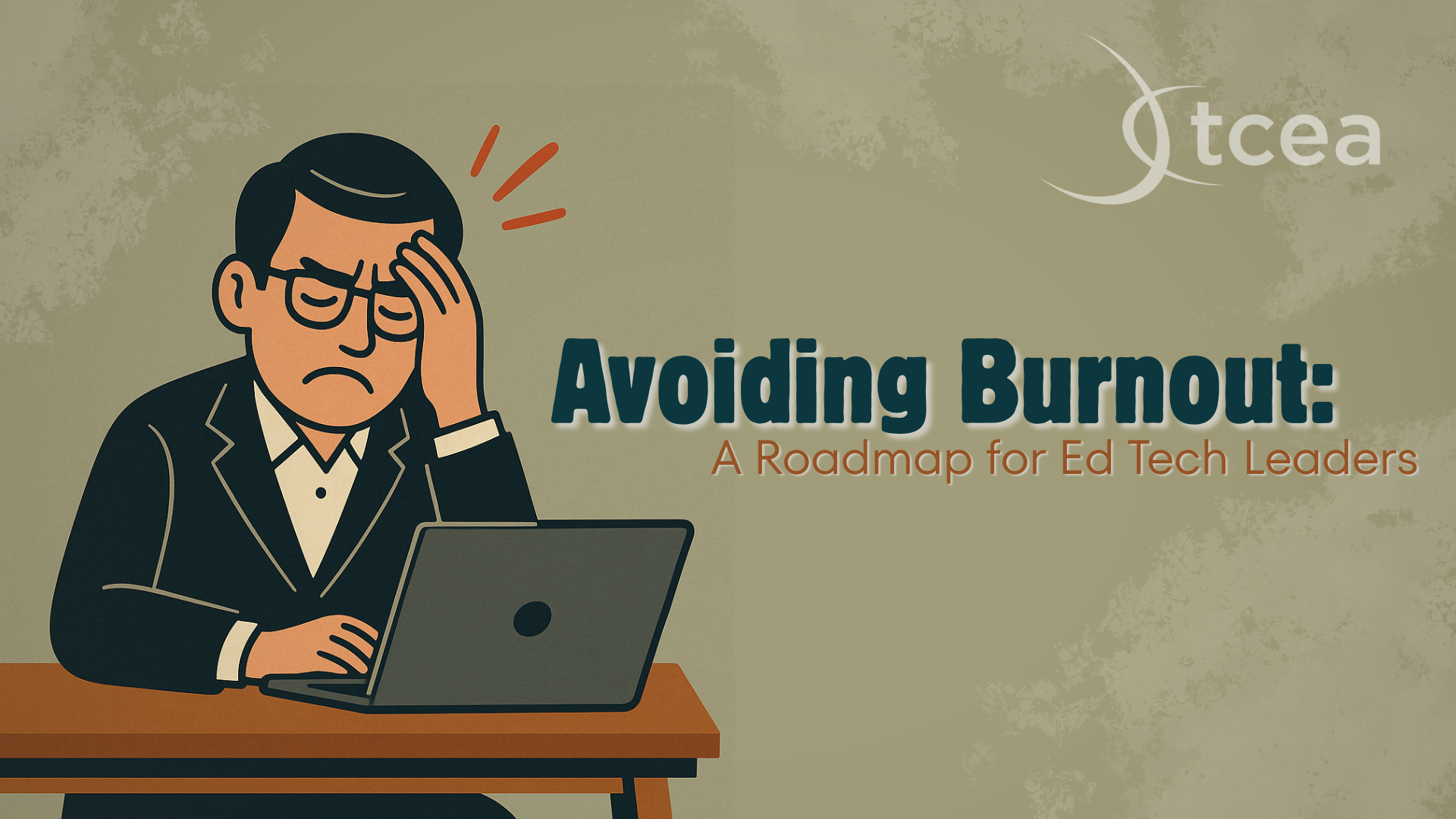

















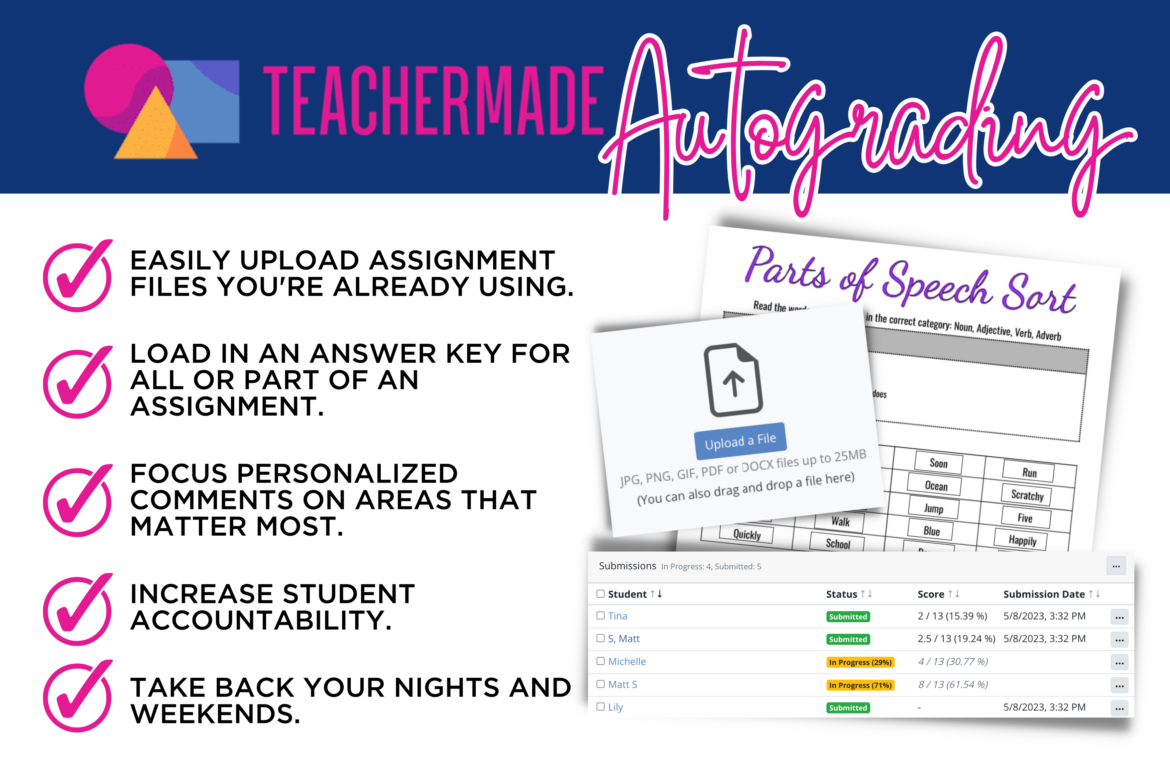

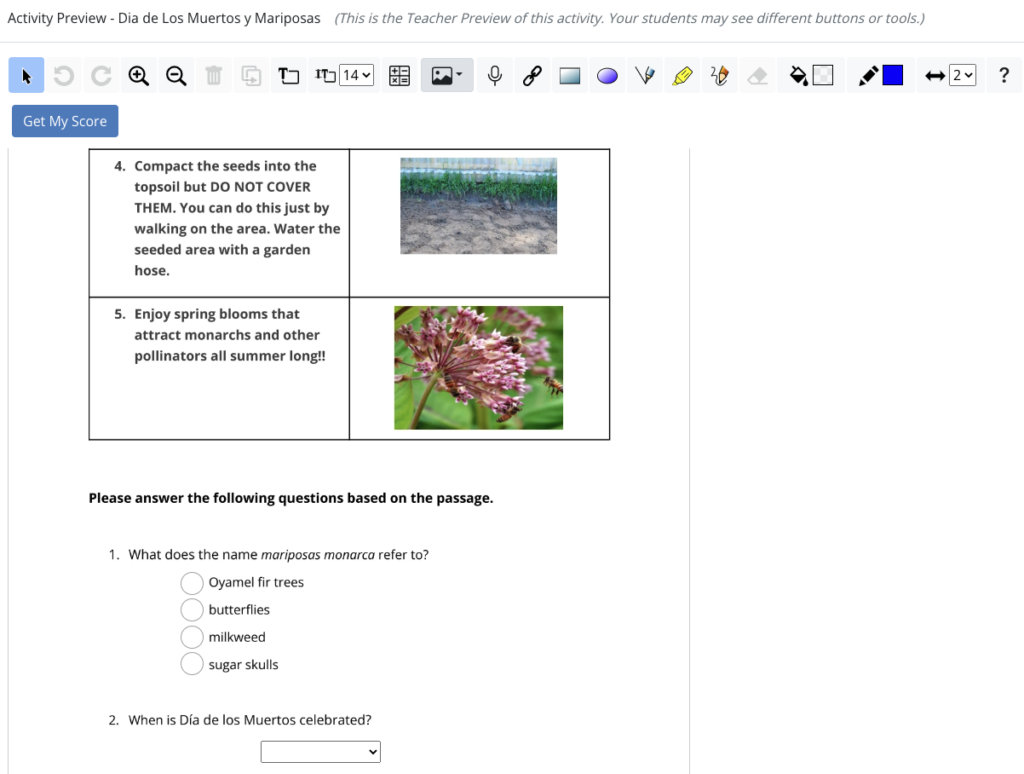
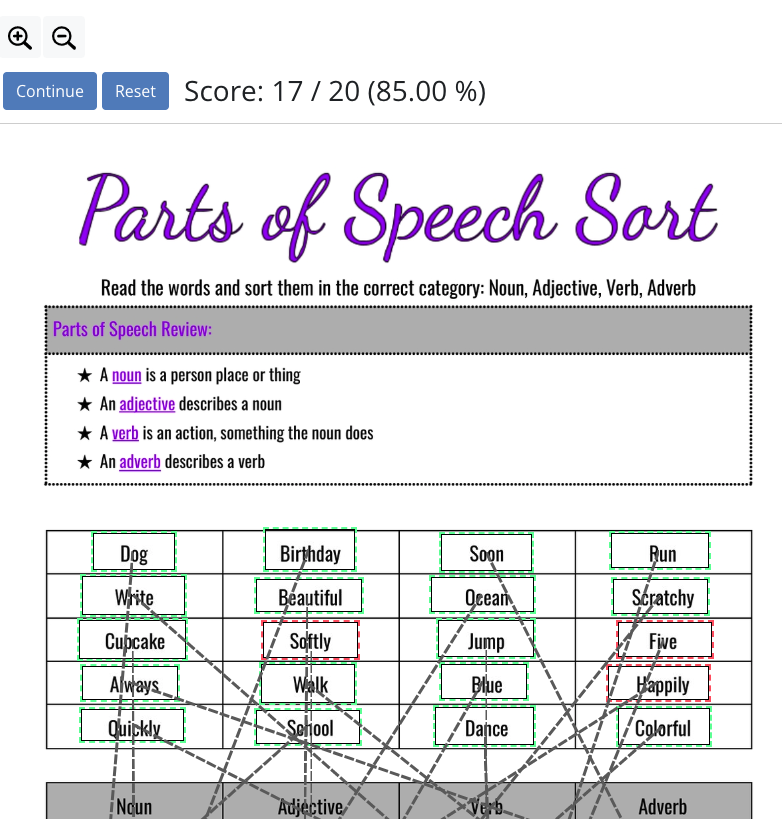
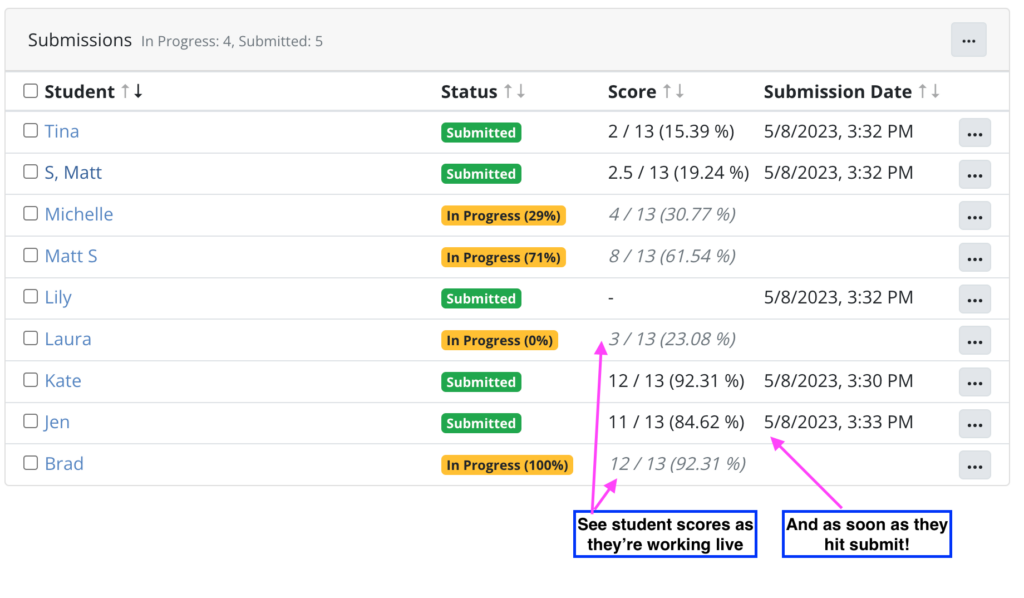




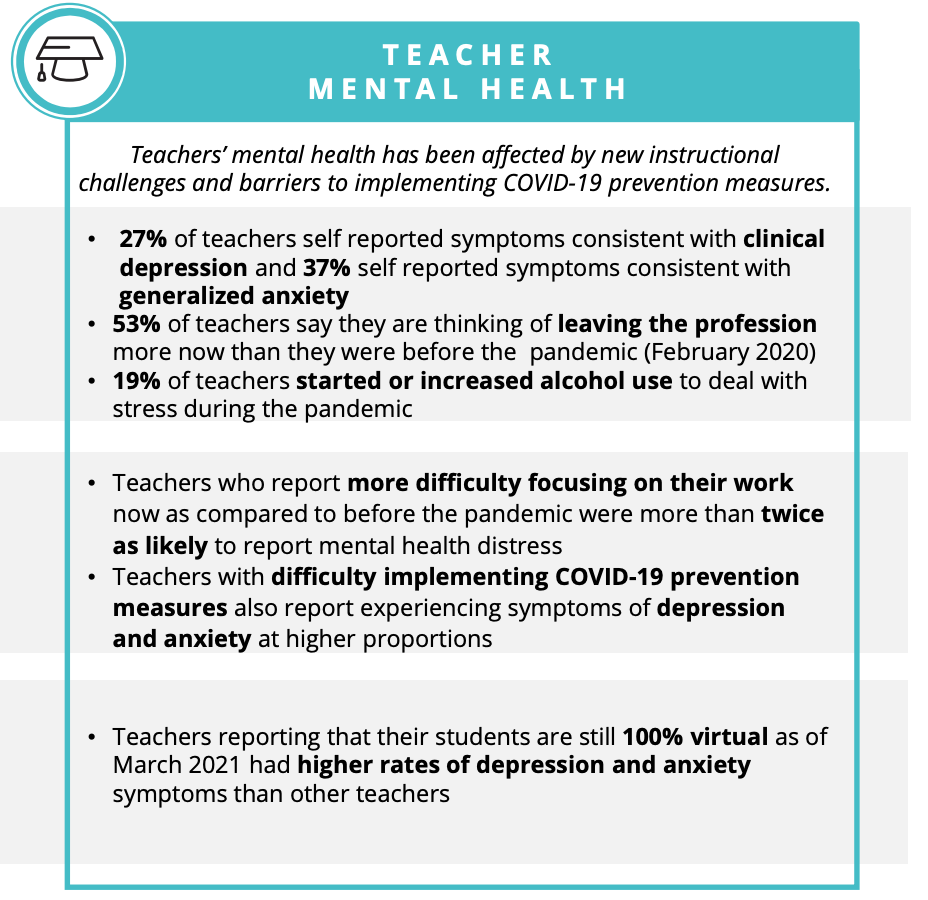

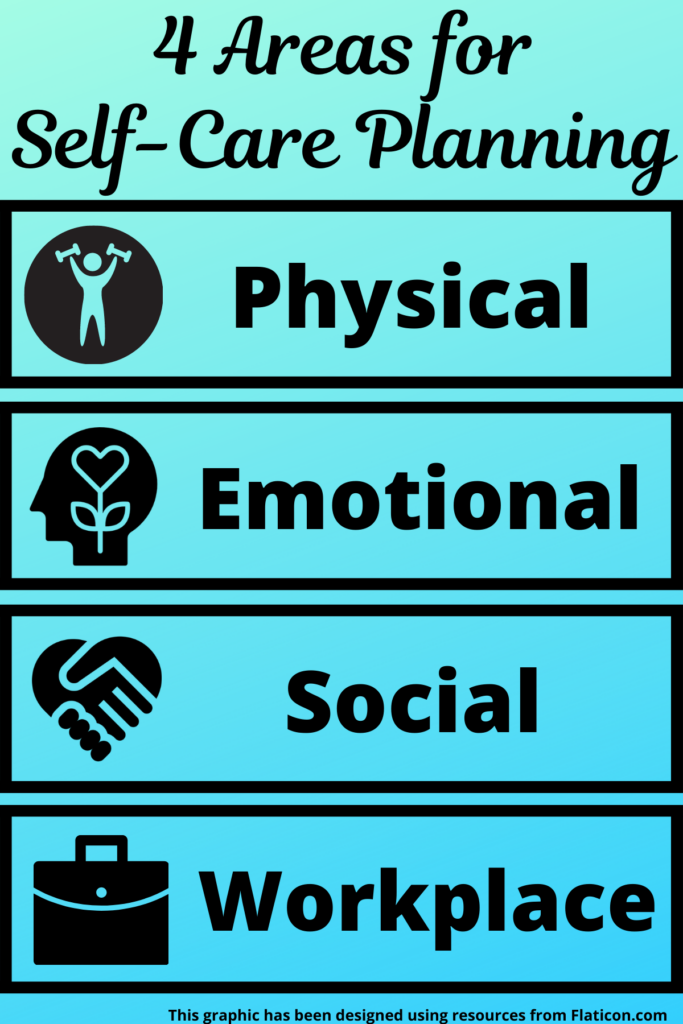


 It’s actually pretty simple. Schedule something after work hours that requires you to leave at your scheduled time. It’s funny that anytime my kids have an activity that I have to be at after work or I have an appointment with someone right after the end of the day, I manage to be more productive. Knowing that I cannot stay late or have “extra time” to get things done forces me to push through distractions and be more focused on the tasks I have in front of me. Even if you don’t have a legitimate appointment to put on your calendar, still “schedule” something so that when you look at it, you are reinforcing the expectation that you cannot stay late. This could be something as simple as watching Wheel of Fortune that comes on an hour after the time you should be leaving work. You could also schedule time to get caught up on some enjoyable reading, a date night with your spouse, or taking a walk around the neighborhood to get some exercise in.
It’s actually pretty simple. Schedule something after work hours that requires you to leave at your scheduled time. It’s funny that anytime my kids have an activity that I have to be at after work or I have an appointment with someone right after the end of the day, I manage to be more productive. Knowing that I cannot stay late or have “extra time” to get things done forces me to push through distractions and be more focused on the tasks I have in front of me. Even if you don’t have a legitimate appointment to put on your calendar, still “schedule” something so that when you look at it, you are reinforcing the expectation that you cannot stay late. This could be something as simple as watching Wheel of Fortune that comes on an hour after the time you should be leaving work. You could also schedule time to get caught up on some enjoyable reading, a date night with your spouse, or taking a walk around the neighborhood to get some exercise in. If you find you need a little bit more structure so that you can end your day without staying late, consider using the
If you find you need a little bit more structure so that you can end your day without staying late, consider using the